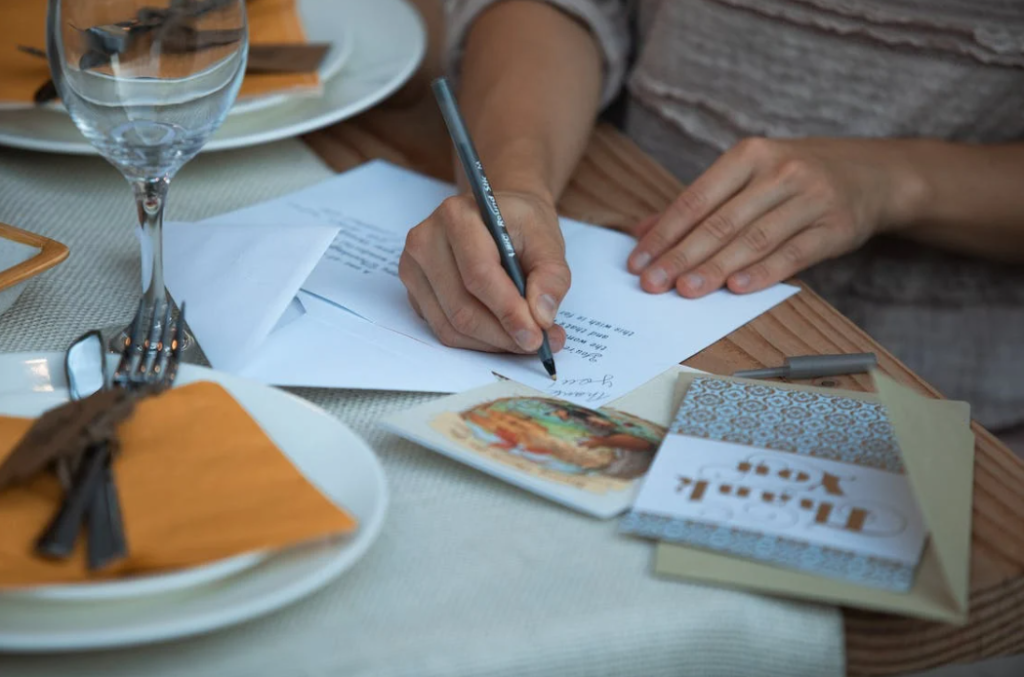Positive Exercises
Learn about positive exercises that can help you reduce stress and increase your mental resources.

Selfpause Affirmation App
Download the app to get 1,000’s of affirmation meditations and everything you need to write, record and listen to your own.
Doing positivity exercises can help you reduce your stress response and build up your mental resources. When we focus on the positive, we feel better and we’re more able to cope with life’s challenges. Try these simple exercises today. You’ll be surprised at how effective they can be. Just take a few minutes to think of three things that you’re grateful for and list them in a journal.
Positive thinking

Positive thinking exercises can be a good way to help your child learn how to think positively. These exercises involve going inside of your mind and imagining what would make you happy. While it may seem like a daunting task, this type of activity is actually beneficial. For instance, you can write down what you think would make you happy. Unlike other writing exercises, this one doesn’t require you to focus on grammar or punctuation; instead, it concentrates on your feelings.
The most important thing to remember is that having a positive attitude can improve your life in many ways. Being optimistic has been proven to make people healthier and happier, and it can prevent you from developing mental disorders. People who think positively tend to live longer than those who do not. They also tend to be less stressed and more resilient. While positive thinking exercises can help you feel better in a short amount of time, they do take persistence and practice. You should practice these exercises regularly to see the most dramatic results. You should start by removing any negative thoughts from your mind.
Another positive thinking exercise is to write a gratitude journal. Try to think of everything you are thankful for, including the good things that happened to you in the past and the things that went wrong. It’s easy to think negatively if you don’t have anything to be thankful for. A positive attitude can also increase your self-esteem and improve your relationships.
Gratitude

Practicing gratitude can be a great way to improve your positivity and happiness. Studies have shown that people who practice gratitude exercises report greater happiness and gratitude, even months after they begin. There are several ways to practice gratitude, including first thing in the morning and last thing at night. The key is to find a time that works for you. You can also practice gratitude in the present moment by noticing what you are grateful for throughout your day.
Gratitude exercises can help people to feel more positive and relieve stress. They can improve sleep and boost self-esteem. It has also been shown that people who practice gratitude are more resilient and able to bounce back from stressful situations. A study conducted at Kent State University showed that people who practice gratitude exercises were more positive and happier than those who did not.
One way to practice gratitude is to write down 3 things every day for which you are grateful. These things can range from a favorite meal to a special person. Gratitude exercises can be practiced alone or with other people. You can even make it a family activity by explaining to everyone what you’re doing and inviting them to join you.
Another great way to practice gratitude is to create a gratitude tree. This activity is easy to do and requires just a few materials. You can use a vase, scissors, double-sided colored paper, and a pen or pencil. You can also create a gratitude flower.
Gratitude by mental elimination

Mental elimination exercises are a way to increase gratitude. Participants are asked to focus on good people, places, and things that they are grateful for. Those who engage in the exercises are likely to feel happier than those who do not. It is also important to remember that the power of gratitude does not end when the circumstances are difficult.
Practicing gratitude can help counteract negative feelings and negative thoughts. It can also keep your mind in the present and help you focus on the things you are thankful for. Practice gratitude daily for one week to see how it feels. If you find this beneficial, you can make it a part of your daily routine.
Make a list of things that you are grateful for. This list may be short or long, but make sure to elaborate on each one. Try to include events that happened unexpectedly and that are not expected. Gratitude is often enhanced by novel experiences and situations. Similarly, focusing on people tends to increase gratitude levels. As a result, it automatically improves relationships.
Journaling can be a great way to express gratitude. Writing letters is another option. It is helpful for those who have difficulty expressing it in words. Write down the things that you are grateful for and share them with others.
Gratitude by writing

You can practice gratitude by writing gratitude letters or email to people who have done you a great service. Then, visit the person within a week and let them know how much you appreciate them. When you write the letters, write as if you were addressing the person directly, and explain what they did for you and how it has impacted your life.
Studies have shown that practicing gratitude can increase life satisfaction and decrease symptoms of depression. This simple exercise has numerous benefits. Researchers have even found that it can improve relationships. It has also been shown to improve the mood of people with chronic illnesses. So, if you are feeling down, take a deep breath and give gratitude a try!
When teaching gratitude to students, you can use the ABC Brainstorm template to make a list of things they are grateful for. You can also use the Heart-Mind website to get lesson ideas for incorporating gratitude into your lesson plans. These exercises will help your students develop gratitude and positivity.
Gratitude exercises are helpful for people with mental health concerns as well as those who have good health. A recent study showed that people who wrote gratitude letters were happier than those who wrote about daily irritations. This was due to the fact that the writers used more positive emotion words and fewer negative emotion words.
Visualizing a positive outcome

Visualization exercises are a great way to combat negative thinking and enhance focus. They also help you relax and eliminate stress. The technique is similar to daydreaming. Visualizing a positive outcome is similar to thinking about a dream or goal. However, the focus should be on the positive.
Visualization can also be helpful when preparing for a tough conversation. You can imagine different scenarios and how you would react in each one. However, be careful not to over-prepare, and remember to remain open to all possibilities. Regardless of whether you’re preparing for a presentation or a difficult conversation, visualization exercises are a great way to reduce anxiety and stress.
Positive visualization exercises involve writing down what you envision. This process is very immersive because it externalizes the outcome you wish to create. You should also choose a comfortable environment to practice. In addition, try to visualize the result in a variety of locations. You might want to practice positive visualization exercises in a natural environment, where greenery and fresh air will stimulate your mind.
You can also visualize a specific picture of a positive outcome or milestone that you wish to achieve. Remember to avoid daydreaming or using negative imagery in your visualizations. Daydreaming can easily lose your focus. This is especially true when you have negative thoughts in your head.
Writing about positive experiences

One of the best ways to increase your happiness is by writing about positive experiences. One popular exercise is called the Awe Journal, which encourages you to write down wonderful and positive experiences. This exercise has a number of benefits, and research shows that it can have a real impact on your positive thinking. A study in the Journal of Research in Personality showed that a group of undergraduate students, who wrote about a pleasant experience every day, felt more contented, and were less likely to get sick.
Our Top FAQ's
Some examples of positive exercises that can be used to improve mental well-being include gratitude journaling, mindfulness meditation, positive visualization, and acts of kindness.
Positive exercises can be incorporated into a daily routine by setting aside a specific time each day to practice them, such as first thing in the morning or before bed. They can also be integrated into everyday activities, such as taking a few deep breaths and focusing on the present moment while waiting in line or during a break at work.
The benefits of practicing positive exercises include increased happiness, reduced stress and anxiety, improved mood, and a greater sense of overall well-being. These benefits can be experienced in the short-term, but consistent practice can also lead to long-term improvements in mental health and quality of life.
Positive exercises can be modified to suit different age groups or individuals with physical limitations by adapting the exercise to suit their needs and abilities. For example, a gratitude journal can be kept orally for those who have difficulty writing, and mindfulness meditation can be practiced while seated or lying down for those with mobility issues.
Positive exercises can be used to improve relationships and communication with others by helping individuals to cultivate a more positive outlook and become more aware of their thoughts and emotions. This can lead to more positive interactions with others, as well as improved communication and conflict resolution skills.
